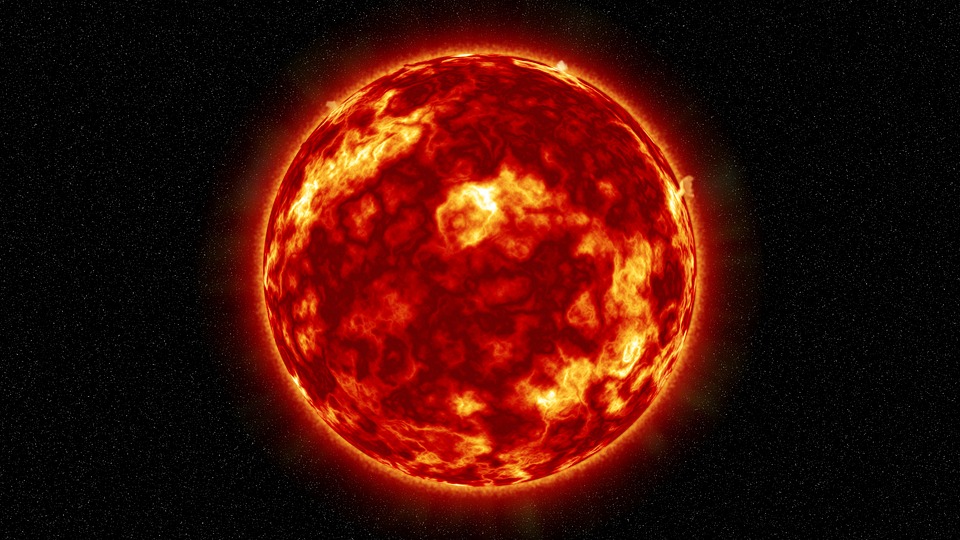
A team of researchers have created a calculation model to determine the impact of the Sun's activity on the potential temperature changes in the planet over the next century. The team included scientists from the Physical Meteorological Observatory Davos, ETH Zurich, University of Bern and the Swiss Federal Institute of Aquatic Science and Technology.
The calculation model showed that while high solar activity was recorded in the 1950s, the planet's temperature is still projected to drop by up to 0.5 decrees Celsius once the Sun's activity tapers off to its minimum. Solar activity, in other words, could actually cause global cooling.
However, PMOD director and project lead Werner Schmutz said that while such decline in planetary temperature would be significant, it will not fully counteract human-induced global warming, in his view. “We could win valuable time if solar activity declines and slows the pace of global warming a little. This will be no more than borrowed time since the next minimum will inevitably be followed by a maximum,” Schmutz stated, as reported in AlphaGalileo.org.
Solar fluctuations influence Earth's climate, experts say
The research team looked at the impact of solar activity on the planet's past climate in order to develop an efficient climate effect model. PMOD scientists have calculated the Sun's radiative forcing. Factors such as electromagnetic and particle radiation were accounted for in the calculation process. ETH Zurich researchers then examined the impact of radioactive forcing on the Earth's atmosphere. Scientists form the University of Bern then studied how the atmosphere and the oceans interacted.
The team then assumed a more prominent radiation fluctuation striking the Earth. Compared with previous models, the new assumption was more intense in nature, the researchers noted. Evaluating the effects of other phenomena such as volcanic eruptions prove to be less conducive, according to Schmutz. Using the current model "is the only way that we can understand the natural fluctuations in our climate over the last few millennia," Schmutz said.
However, the project lead pointed that useful data on solar fluctuations have been made available only recently, and that the Sun's activities over the following years are yet to be examined. "To that extent, our latest results are still a hypothesis. But since we have been observing a consistently strong phase since 1950, it is highly likely that we will experience another low point in 50 to 100 years' time. It could be every bit as intense as the Maunder Minimum, which brought particularly cold weather during the 17th century," Schmutz added, adding further credence to the "global cooling" hypothesis.
Additional data on solar activity and links to planetary climate
A research team of more than 100 experts in solar physics, geomagnetism, climate modeling and atmospheric chemistry worked together in 2011 to determine the effects of solar activity on the planet's climate. The researchers examined current climate models and found certain mechanisms that demonstrated how variations in the Sun's activity impact climate variability per region. The scientists did not identify mechanisms that link solar activity to the onset of global warming. (Related: Read more about solar activity, solar weather, and other space events at Space.news).
However, the research team was able to evaluate the effects of solar activities on certain regions in the planet. According to the study, variations in ultraviolet radiation may trigger stratospheric changes near the equator and across the polar regions. Data also revealed that solar winds impact the planet's global electric field. This in turn affects aerosol formation and rainfall, researchers said.
Read more news about climate science at ClimateScienceNews.com.
Sources:
Please contact us for more information.























